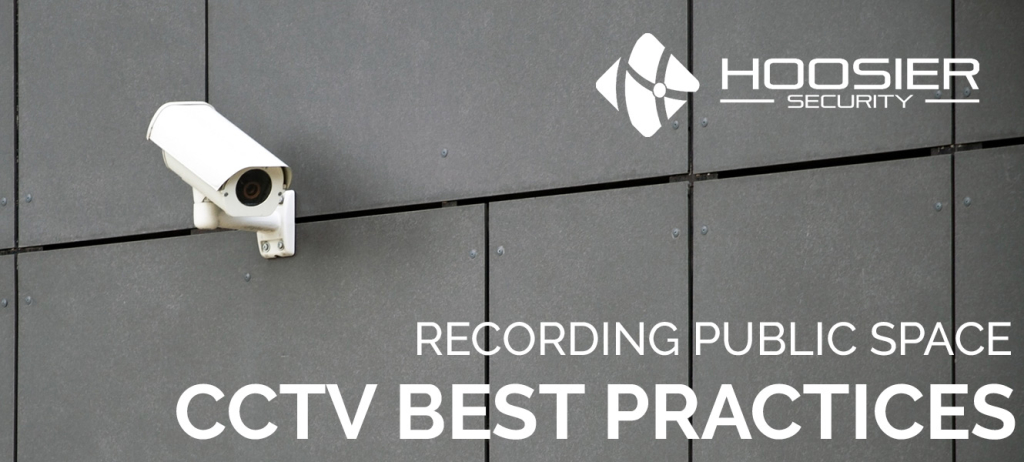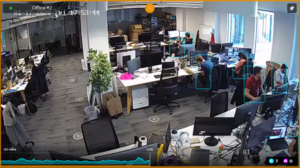As technology continues to advance and video recording becomes easier and more affordable, CCTV has become an increasingly popular security tool. Americans are now using an estimated 30 million surveillance cameras and shooting more than 4 billion hours of footage a week, according to recent statistics.
The law moves much more slowly than technology, and ordinances governing use of public video surveillance are sparse. Where they do exist, most focus on protecting individual rights or privacy and ensuring cameras are not placed in areas with reasonable expectations of privacy like public restrooms and changing rooms.
However, there are agreed upon “best practices” that act as a set of principles and tools to ensure a citizen’s rights are respected when CCTV is used to record public spaces. These include:
Necessity. Video surveillance should only be used to further a clearly articulated law enforcement principle. Set clear, objective goals for the use of CCTV and an effective way to evaluate effectiveness.
Transparency. The public should be made aware of the presence of cameras and the fact that they are being recorded whenever CCTV is in use. Citizens should know what the objectives of a CCTV system are, what its installation and operational costs are, the areas being surveyed, and what the results are.
Proportionality. CCTV equipment must be appropriate for the problem it is intended to address. Design the scope and capabilities of a public video surveillance system to minimize any negative impact on constitutional rights and values. Technology should “respond to the established objectives, without going further.”
Accountability. Those in charge of public CCTV systems should be clearly identified and accountable to the public, whether the systems are run by the government or private firms. Provide appropriate sanctions against misuse of video surveillance data and remedies for those harmed by such misuse.
Accessibility. Prohibit sharing of public video surveillance data with third parties and set limits on sharing public video with governmental agencies. Require additional specific approvals to use more intrusive technologies or to use stored footage for any purpose other than for which the systems was designed and installed.
As demand and awareness for CCTV grows, so too does the importance of drafting a thorough set of policies to address privacy and civil liberties. Effective guidelines that adhere to law enforcement best practice recommendations can lower the overall cost of a video surveillance system by identifying unnecessary or ineffective aspects of the design and reducing the likelihood of legal challenge to public video surveillance.














